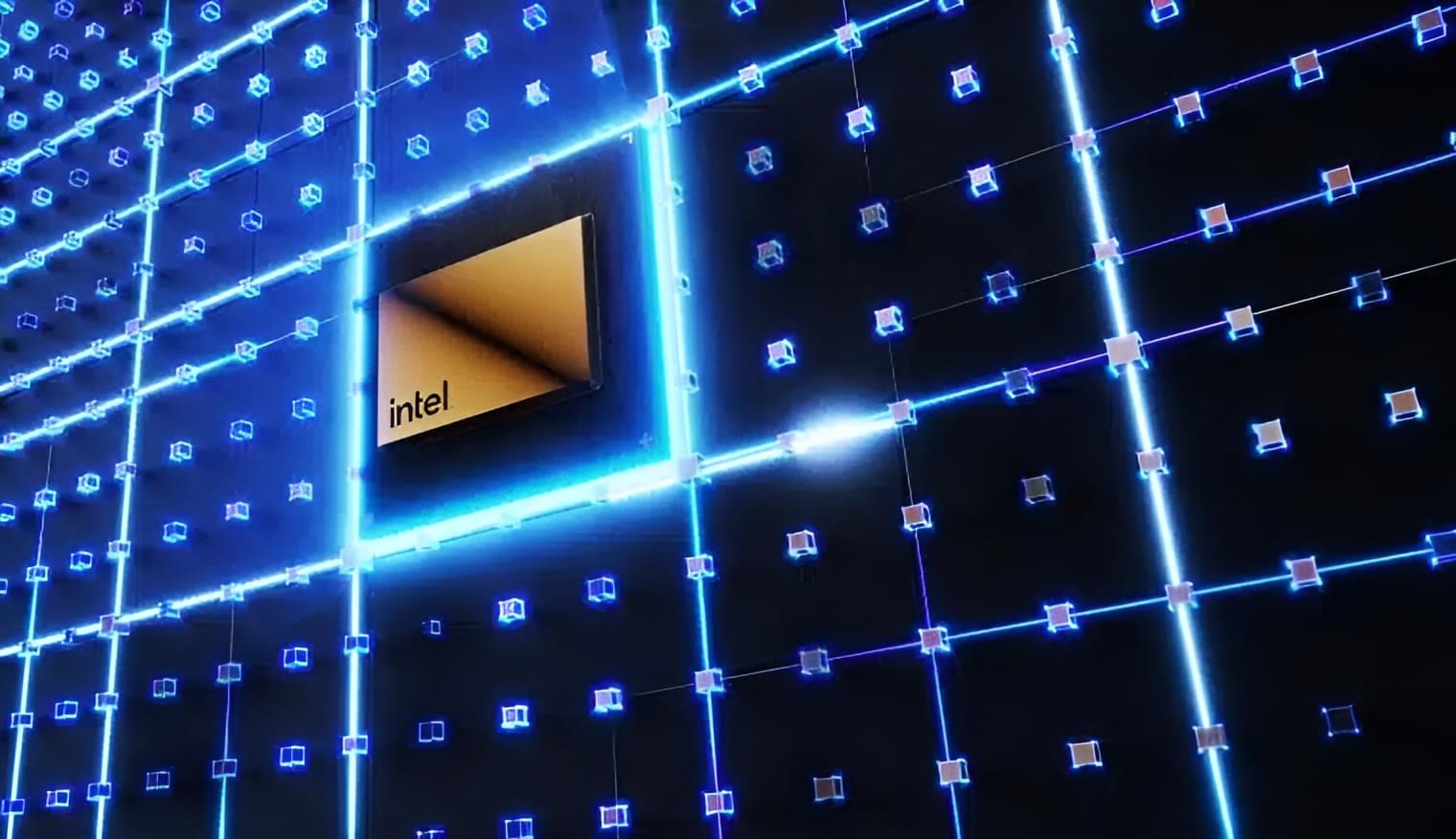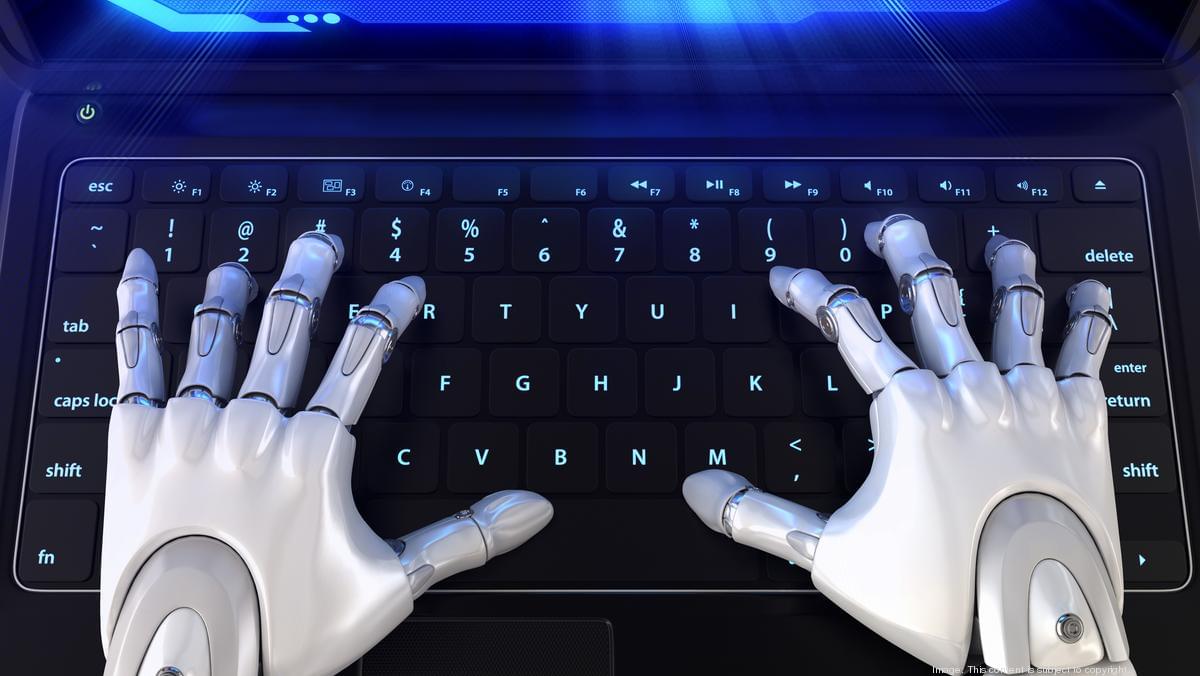Intel has decided to tap into the ASIC and design business as its next major venture, and the effort will play a crucial role.




CISA has confirmed that an Oracle E-Business Suite flaw tracked as CVE-2025–61884 is being exploited in attacks, adding it to its Known Exploited Vulnerabilities catalog.
BleepingComputer previously reported that CVE-2025–61884 is an unauthenticated server-side request forgery (SSRF) vulnerability in the Oracle Configurator runtime component, which was linked to a leaked exploit used in July attacks.
The US cybersecurity agency is now requiring federal agencies to patch the security vulnerability by November 10, 2025.

The Dutch government is tightening its export restrictions on microchip-making machines, specifically deep ultraviolet (DUV) lithographic machines. A licensing requirement will apply to the export of older types of DUV machinery beginning on Saturday, a decision which primarily impacts Dutch business ASML. Foreign Trade Minister Reinett Klever cited national security concerns when announcing the measure on Friday.
According to ASML, the licensing requirement update is a technical change that mainly means that the company will apply for export licenses from the government of the Netherlands, not the United States, for two older types of DUV immersion lithography systems (1970i and 1980i). The Dutch government already implemented a licensing requirement for the newer generations of DUV machines (2000i and later) in September last year.
DUV lithography machines are the second-most advanced microchip-making machines, after extreme ultraviolet (EUV) lithography machines. Dutch company ASML is the world’s only manufacturer of EUV lithography machines and is also a global leader in the production, refurbishment, and repair of DUV lithography machines. DUV machines can still be used to make highly sophisticated microchips, and some of China’s leading tech companies, like Huawei, are actively pushing the limits of the older technology.
Reinforcement learning is terrible — but everything else is worse.
Karpathy’s sharpest takes yet on AGI, RL, and the future of learning.
Andrej Karpathy’s vision of AGI isn’t a bang — it’s a gradient descent through human history.
Karpathy on AGI & Superintelligence.
* AGI won’t be a sudden singularity — it will blend into centuries of steady progress (~2% GDP growth).
* Superintelligence is uncertain and likely gradual, not an instant “explosion.”

Join Adam Perella and I at the Schellman AI Summit on November 18th, 2025 at Schellman HQ in Tampa Florida.
Your AI doesn’t just use data; it consumes it like a hungry teenager at a buffet.
This creates a problem when the same AI system operating across multiple regulatory jurisdictions is subject to conflicting legal requirements. Imagine your organization trains your AI in California, deploys it in Dublin, and serves users globally.
This means that you operate in multiple jurisdictions, each demanding different regulatory requirements from your organization.
Welcome to the fragmentation of cross-border AI governance, where over 1,000 state AI bills introduced in 2025 meet the EU’s comprehensive regulatory framework, creating headaches for businesses operating internationally.
As compliance and attestation leaders, we’re well-positioned to offer advice on how to face this challenge as you establish your AI governance roadmap.
Cross-border AI accountability isn’t going away; it’s only accelerating. The companies that thrive will be those that treat regulatory complexity as a competitive advantage, not a compliance burden.


France’s Sorbonne University plans to leave the Times Higher Education (THE) Rankings, adding its name to a growing number of universities rejecting lists that play one institution off against another. According to its president, most of these rankings are “black boxes” whose methods not only raise ethical questions but also fail to cover the breadth and diversity of university contributions.
“By deciding to stop sending our data to THE, we are leaving this specific ranking, but our criticism of major international university rankings is global,” Nathalie Drach-Temam, president of Sorbonne University, told Science|Business. “These rankings, built on selected quantitative indicators amalgamated into a single score, are not designed to evaluate research nor reflect the breadth and depth of the missions of research and higher education institutions.”
From the UK-based Quacquarelli Symonds (QS) ranking to the US News and World Report (USWR), university rankings set out to measure how well a higher education institution performs and how its performance and quality compare to its peers. Prospective students turn to them for guidance, and governments and investors base their research funding decisions on them.

Accelerating Promising Biotech Innovation — Dr. Aliza Apple, Ph.D. — Vice President, Catalyze360 AI/ML and Global Head, Lilly TuneLab, Eli Lilly and Company.
Dr. Aliza Apple, Ph.D. is a Vice President of Catalyze360 AI (https://www.lilly.com/science/partners/catalyze-360 and Global Head of Lilly TuneLab (https://tunelab.lilly.com/) at Eli Lilly where she leads the strategy, build and launch of Lilly’s external-facing AI/ML efforts for drug discovery.
Lilly Catalyze360 represents a comprehensive approach to enabling the early-stage biotech ecosystem, agnostic of the therapeutic area, designed to accelerate emerging and promising science, strategically removing barriers to support biotech innovation.
In her previous role at Lilly, Dr. Apple served as the COO and head of Lilly Gateway Labs West Coast, where she supported the local biotech ecosystem through early engagement and providing tailored offerings to meet their needs.
Prior to Lilly, Dr. Apple served as a co-founder at Santa Ana Bio, a venture-backed precision biologics company focused on autoimmune disease, and as an advisor to the founders of Firefly Biologics.